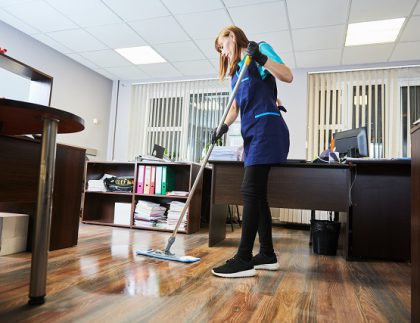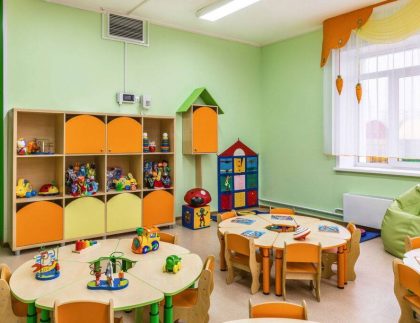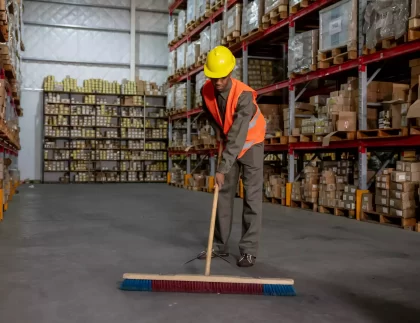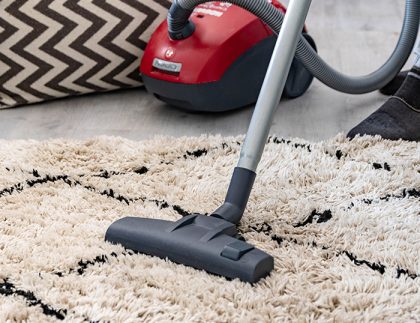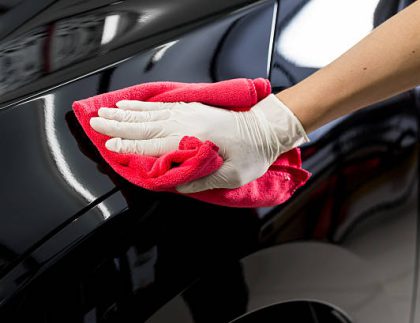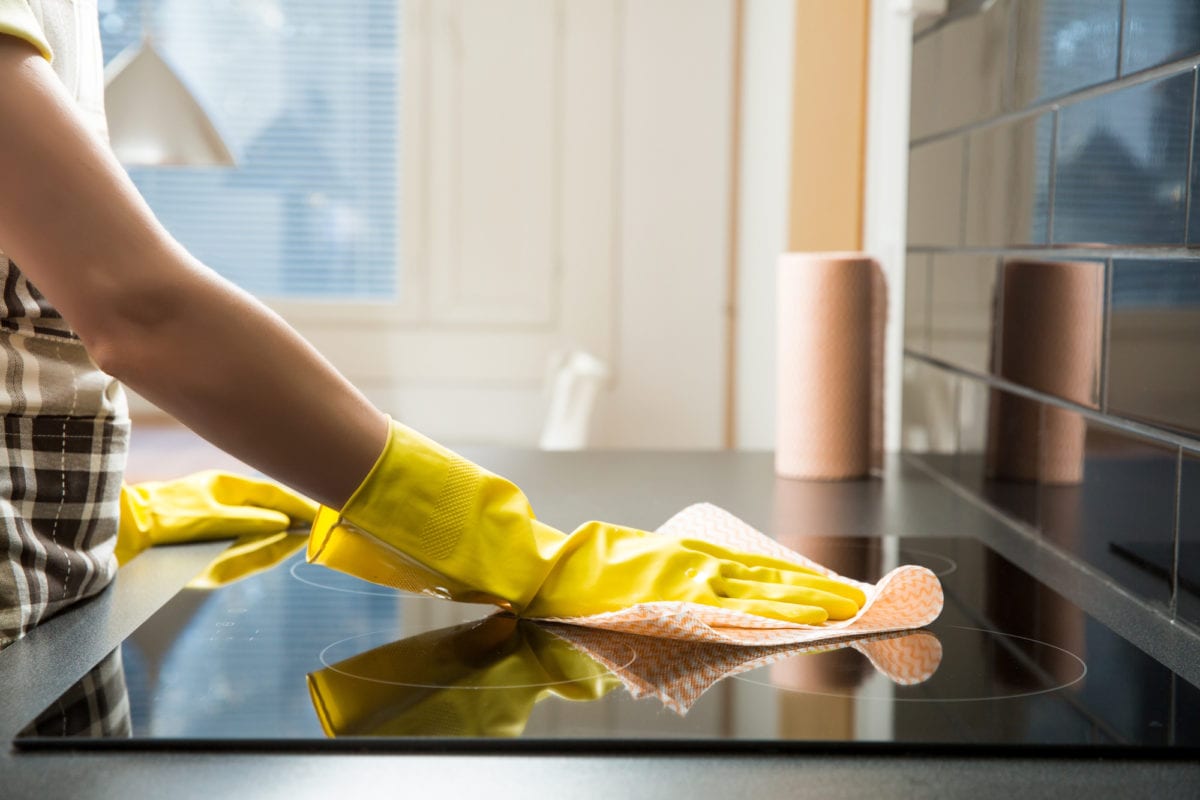
Essential Aged Care Cleaning Tips For Safe And Comfortable Environments
Cleanliness in aged care facilities isn’t just about appearance, it directly impacts the health, safety, and comfort of elderly residents. With older adults being more vulnerable to illness, maintaining a high standard of hygiene is critical. Whether you were running a small aged care home or managing a large aged care facility, consistent cleaning practices make all the difference.
Key Tips For Aged Care Cleaning
Here are some of the most effective aged care cleaning tips to help you maintain key areas of your facility and ensure a healthier living environment for residents and staff.
1. Focus On High-Touch Surfaces First
High-touch surfaces are hotspots for germs. In aged care facilities, where people often share spaces and equipment, it’s important to disinfect these areas several times a day.
Key High-Touch Items To Clean
- Doorknobs and handrails
- Light switches and elevator buttons
- TV remotes and nurse call buttons
- Bed rails and side tables
Use hospital-grade disinfectants and ensure staff are trained to follow dwell time instructions for proper disinfection.
2. Use Colour-Coded Cleaning Equipment
One of the most practical aged care cleaning tips is to implement a colour-coded system for cloths, mops, and buckets. This helps prevent cross-contamination between areas such as bathrooms, kitchens, and living spaces.
Example System
- Red: Toilets and bathrooms
- Blue: General areas
- Green: Kitchen and food prep areas
- Yellow: Isolation or clinical spaces
This simple method aligns with aged care cleaning guidelines and reduces the risk of spreading bacteria from one area to another.
3. Adopt A “Clean to Dirty” Approach
When cleaning any room or space, always move from the cleanest surface to the dirtiest. This reduces the chance of dragging germs from one surface to another.
Example Routine
- Start with high surfaces (shelves, cabinets)
- Move to medium surfaces (tables, beds)
- End with low or high-risk surfaces (floors, toilets)
This technique is particularly important in resident rooms, bathrooms, and shared areas.
4. Priorities Resident Room Hygiene
Resident rooms are private spaces that require respectful and thorough cleaning. These areas should be cleaned daily, with deep cleans scheduled regularly.
- Replace or sanitize linen regularly
- Disinfect mobility aids like walkers or wheelchairs
- Wipe down bedside furniture and personal items
- Clean under and around the bed
Pay close attention to ventilation and odour control to ensure a fresh and pleasant environment.
5. Clean Bathrooms Thoroughly And Often
Bathrooms are high-risk areas and should be cleaned multiple times a day. Cleaning here should go beyond visible dirt and focus on bacteria and odour control.
Focus Areas
- Toilet bowls, seats, and flush buttons
- Shower floors and walls
- Sink basins and taps
- Grab rails and bathroom doors
Use non-slip disinfectant on floors and check for mould or water damage regularly.
6. Follow A Routine Cleaning Schedule
Having a routine makes cleaning more efficient and helps ensure nothing is missed. Most aged care cleaning services follow a daily, weekly, and monthly checklist for each area.
Daily Tasks Include
- Disinfecting high-touch surfaces
- Mopping floors in communal areas
- Emptying bins and replacing liners
Weekly Tsks might include
- Deep cleaning carpets
- Polishing windows and glass
- Sanitising soft furnishings
Schedules should be documented and reviewed regularly to ensure compliance with aged care cleaning guidelines.
7. Use The Right Cleaning Products
Aged care facilities should avoid harsh chemicals that can trigger respiratory issues or skin irritation in elderly residents. Instead, opt for products approved for use in healthcare or aged care settings.
Product Considerations
- Use hospital-grade disinfectants
- Choose low-fragrance or fragrance-free options
- Avoid bleach in shared spaces unless necessary
- Always label and store products safely
Having a clear list of approved products ensures all staff members are using consistent solutions throughout the facility.
8. Don’t Forget Floors And Carpets
Floors are often overlooked, but in aged care, they’re a key part of infection control and fall prevention. Spills and stains need to be addressed immediately.
- Use non-slip floor cleaners
- Vacuum carpets daily, especially in common areas
- Schedule deep steam cleaning monthly
- Mop hard floors with disinfectant at least once per day
Keeping floors clean reduces the risk of slips and maintains a more hygienic environment.
9. Keep Kitchens And Dining Areas Clean
Where food is prepared or eaten, hygiene must be strictly maintained. This includes both staff kitchens and resident dining rooms.
- Wash the chairs and tables both before and after meals.
- Sanitise food preparation areas regularly
- Use separate clothes for dining and kitchen spaces
- Keep fridge and pantry areas tidy and date-checked
Spillages should be cleaned immediately, and hand hygiene should be encouraged for all staff and residents around food areas.
10. Clean Common Areas Throughout The Day
Lounge rooms, corridors, and activity spaces are used frequently and can become breeding grounds for germs if not maintained well.


